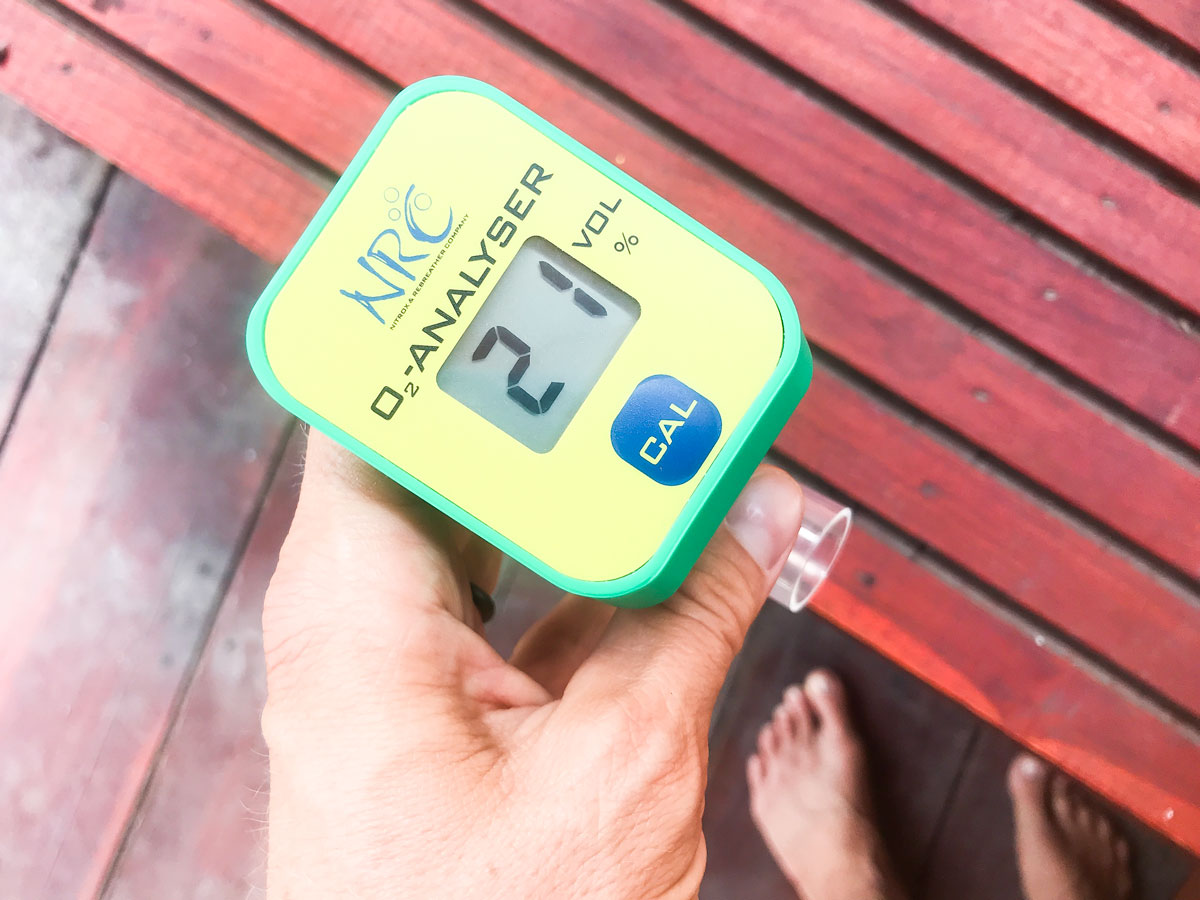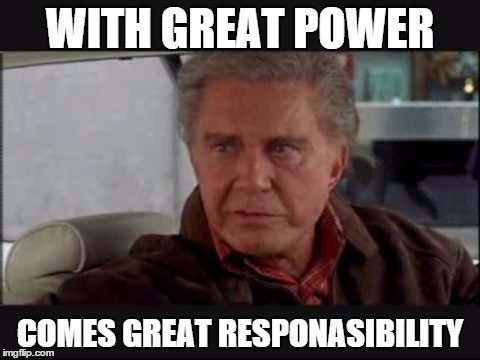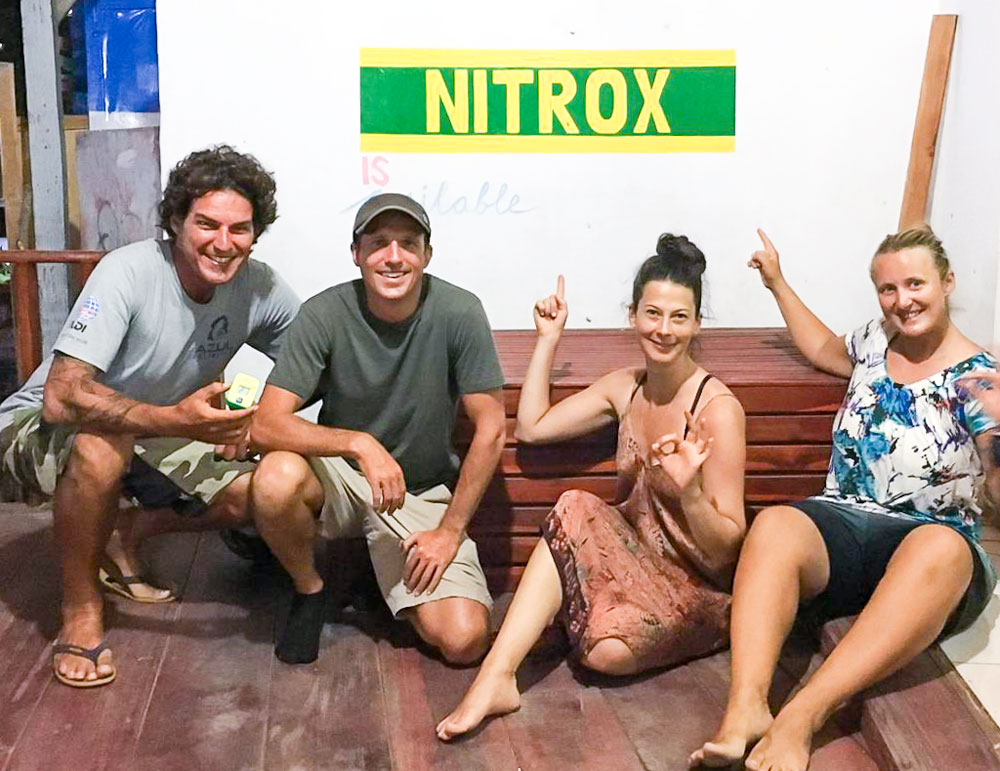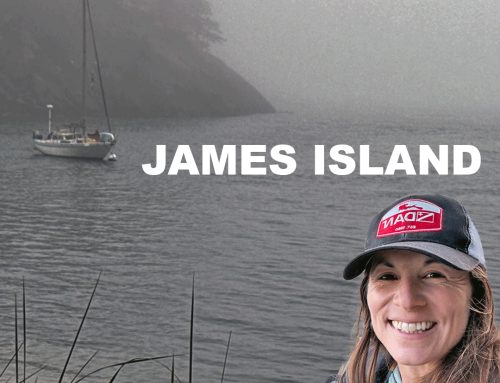Imagine you are on vacation and you decide to invest a little time and money in certifying yourself as a scuba diver. You probably never imagined the world of possibilities that would open up for you upon finding this new hobby! Now, you know you are hooked and want more, but have no idea which way to go. Some of the course options are easy. You could continue with your Advanced Course and get experience in new conditions (like drift diving in Komodo!)
One option that should be on every diver’s bucket list is learning to dive with Nitrox or EANx. What is nitrox? What benefits does it give the diver? Is there any risk involved?
Read this guide of Nitrox for beginners to learn the answers to all of these questions about diving with Nitrox.
Breaking down the basics in Nitrox for beginners
Standard air on Earth contains 21% oxygen and, in order to simplify, assume that the remaining 79% is Nitrogen (there is a small percentage of other gases in the mixture). As you should know, when you dive, you breathe that same air but compressed at high pressure. These percentages mentioned above are those that limit how long you can be underwater at certain depths without suffering the risk of decompression illness or without having to make mandatory stops on the ascent. This time limit is called NDL (no-decompression limit).
A little history of Nitrox
Enriched Air Nitrox has been used since the 1970s when the NOAA (National Oceanic and Atmospheric Administration) established the first regulations regarding Enriched Air Nitrox mixtures. Over time, the recreational diving industry adopted these regulations for its training courses and as main mixes for fun diving.

What is Nitrox made of?
Nitrox is a compound word for a mixture of Nitrogen and Oxygen. Air has been enriched when the percentage of Oxygen is increased in a mixture. When the air contains more than 21% oxygen, you are technically working with Nitrox. The most common mixtures for recreational diving are EAN32 and EAN36 (32% and 36% oxygen for said mixture). The maximum Oxygen content limit for recreational diving is 40%.
To clarify the above, if you use a mixture of EAN32, 32% corresponds to Oxygen and the remaining 68% is more or less all Nitrogen. In this particular mixture the nitrogen level is reduced by 11% compared to breathing normal air.
Can you learn to dive with Nitrox with only the Open Water Diver Certification?
Absolutely! It is possible to be certified as a Nitrox Diver even in conjunction with your Open Water Diver Course training. It only takes a few extra hours of theory and one of the dives as part of the course using EANx.
What are the benefits of diving with Nitrox?
If you use Enriched Air Nitrox in an intelligent way, it can be very beneficial both for independent dives or during consecutive dives.
Use Nitrox to extend your bottom time.
One of the main reasons for using Nitrox is that it allows you longer bottom times, expanding your NDL compared to the use of standard compressed air (21% oxygen 79% nitrogen). As you know, by breathing compressed air, part of the nitrogen contained in the air ends up dissolving in our tissues. When you dive at greater depths, more Nitrogen absorbs in your tissues, until you approach established limits (NDL). Getting close to those limits indicates the moment to begin to ascend slowly to a shallower depth or to the surface without needing to make obligatory decompression stops or to minimize the risk of Decompression sickness.
When using EANx during your dive, you will be breathing less Nitrogen due to the high concentration of Oxygen (EANx 32% or 36%). Therefore the amount of nitrogen that will accumulate in your tissues for the same period of time and depth will be less, in comparison with breathing air.
Let’s give a practical example:
You as a diver using air can stay a total of 60 minutes at a depth of 18 meters without exceeding your NDL. While using EAN32 you could stay up to 92 minutes (if your air consumption allows it) at the same depth until you reach your NDL.
Note: Safety in relation to diving with Nitrox will be covered below
Shorter surface intervals.
On certain occasions, and depending on the planning of the day, using EANx will allow you to make shorter surface intervals. By accumulating less nitrogen during the first dive (only if you use the EANx intelligently by not pushing your limits), your interval time can be reduced since the amount of nitrogen that your body needs to eliminate is less.
Remember that the standard recommended minimum surface interval is 60 minutes!
Longer repetitive dives.
When making several dives in one day, using Nitrox in all or several of the dives will give you longer bottom times for repetitive dives. Follow a normal dive plan in which your first dive is the deepest of the day and the consequent dives more shallow. In each dive, your body will absorb much less Nitrogen and the NDL will be larger compared to diving with air.
At the end of the day, diving on EANx can give you two advantages depending on how you use it:
Longer bottom times, taking advantage to stay longer at a certain depth (be careful with your air consumption)
If you do not push your NDL, at the end of the day you will have much less nitrogen accumulated in your tissues, which will reduce your risk of decompression sickness.
A real-life example from Komodo: When we dive in the North of Komodo, we recommend the use of Nitrox since the dives are usually deep and we can get more time in order to enjoy the schools of sharks!!

Risks of diving with Nitrox
Diving with Nitrox brings many benefits, but it also comes with certain potential risks. What are these risks and why do they exist?
Oxygen toxicity: When you breathe compressed air at depth, the physiological effect that Oxygen and Nitrogen produce in your body can result in intoxication. The 21% oxygen in the air you breathe can be toxic to your body if you take it to more than 60 meters deep, which is far over the depth limits of recreational diving.
But, what happens if you use Enriched Air Nitrox? Now you no longer breathe 21% of oxygen. Now the oxygen percentage is greater, which means oxygen toxicity can appear within the depth limits of recreational diving. This change is due to the partial pressures of the gases, from which you will learn more about during your Nitrox Course.
Below, find a basic comparison of the MOD or Maximum Operating Depths for the most common Nitrox mixtures without going into very technical details.
Note: MOD is the maximum operating depth at which you can breathe a certain amount of oxygen without risk of toxicity.
Breathing normal 21% oxygen air, your recommended MOD is 57 meters deep.
Breathing EAN32, your recommended MOD is 34 meters deep.
Breathing EAN36, your recommended MOD is 28 meters deep.
The real risk of oxygen toxicity is a seizure. Seizures are rarely preceded by other oxygen toxicity symptoms, which makes it very difficult to anticipate them. This reaction is nothing more than the body’s way of burning high levels of oxygen. Although seizures by themselves are normally not an issue, (putting it simply, of course, the physiological reaction is much more complex)… The real issue is drowning because you are not able to maintain the regulator in your mouth.
So, is it safer to dive with Nitrox?
The answer is very simple, Yes and No. These kinds of answers make diving more interesting because they are the ones that make you think like a real diver.
So why the mixed answer? When is it safer to dive with EANx and when does it make sense to approach your NDL?
The scenario is as follows, consider two buddy teams of divers:
They are planning a dive on a sunken ship at 26 meters deep in the middle of a sandy bottom with nothing more to see other than the wreck. What is the mix of air each buddy team should use and check out the planned bottom time for each dive?
Batman and Robin: They plan to use normal air since they have remodeled the Batcave and do not have much money to get their Nitrox certification. They plan to go down in air at 25 meters with a 29-minute NDL for this depth. They want to make the most of the dive, so they remain at that depth for 24 minutes after which they ascend directly to the surface after their corresponding safety stop. That means that when they had 5 minutes left to reach their NDL, they decided to go up and finish the dive.
Lois and Clark live comfortably in a metropolis with a steady job at The Planet and have recently been certified as Nitrox divers. They decide to use EAN36 for the very same wreck. They plan to go down to 25 meters (MOD for this mix is 28 meters) with a 60-minute NDL. Their air consumption is excellent and they plan to be at that depth for a total of 55 minutes, then ascend to the safety stop and surface after an hour of diving. Like their friends, once they were 5 minutes from their NDL, they begin the ascent.
In this example, at the end of diving, both groups have ended up with the same amount of nitrogen accumulated in their bodies. Both groups have pushed their bottom time limits regardless of the mixture used. In this case, the reason to use Nitrox has been to stay longer underwater at a greater depth of diving, which has been more convenient. However, they are not taking advantage of the safety aspect of diving with nitrox.
In conclusion, diving with Nitrox while respecting the depths and limits of decompression established, using it intelligently and regularly, brings many benefits of both safety and quality of our deep or repetitive dives.
Stay tuned for the next blog about Nitrox where you will learn about the considerations you should have when using Nitrox with your diving equipment. Also, find out about some recommendations on how EANx benefits divers with certain medical conditions.
What are you waiting for? Sign up now for your Nitrox specialty course! Start today with PADI Online materials and finish the practical part by diving in Komodo with us!
Aitor Diaz
PADI Course Director #285713
Azul Unlimited
We teach responsible scuba divers and ocean protectors. The brand is run by PADI IDC Staff Instructor Sarah Valdez who teaches scuba diving in person and on YouTube. Now she travels around the states and Mexico in her van scuba diving in new and different places. Follow her adventures on YouTube, Instagram, Facebook, and TikTok or join the Azul scuba community on Patreon.
Azul Unlimited is partnered with Azul Komodo, a top PADI IDC Center in Labuan Bajo, Indonesia offering daily dive trips to the Komodo National Park. Contact their team directly for an unforgettable experience diving in one of the top dive destinations in the world!









